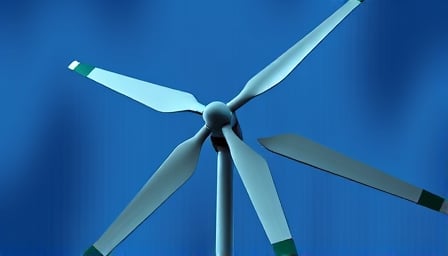TPI Composites Inc: A Tale of Turbulence and Uncertainty
In the ever-evolving landscape of the industrial sector, TPI Composites Inc. stands as a stark reminder of the volatility that can grip even the most specialized companies. Based in Scottsdale, United States, TPI Composites has carved a niche for itself in the design and manufacturing of composite wind blades and vehicle structures. Yet, despite its innovative contributions to the wind energy market and transportation sector, the company’s financial health paints a grim picture.
As of August 10, 2025, TPI Composites’ stock price languished at a mere $0.287, a far cry from its 52-week high of $5.15 recorded on October 13, 2024. This dramatic decline underscores a troubling trend for investors and stakeholders alike. The company’s market capitalization stands at $38,040,000, a figure that belies the potential once envisioned at its IPO on July 22, 2016.
The financial metrics are equally concerning. With a price-to-earnings ratio of -0.072, TPI Composites is in the red, signaling losses rather than profits. This negative P/E ratio is a red flag for investors, indicating that the company is not generating earnings and may be struggling to turn its innovative products into sustainable revenue streams.
A Sector in Flux
TPI Composites operates within the industrials sector, specifically under the electrical equipment industry. This positioning places the company at the intersection of innovation and industrial demand. However, the sector itself is not immune to broader economic pressures, including fluctuating energy prices and shifting regulatory landscapes. These external factors have undoubtedly impacted TPI Composites’ ability to maintain a stable financial footing.
Global Reach, Local Challenges
Despite its global customer base, TPI Composites faces significant challenges at home. The company’s primary exchange listing on Nasdaq reflects its ambition and initial promise. Yet, the current stock price and financial indicators suggest that the company is grappling with issues that extend beyond market competition. The intricate balance of reducing weight and cost in transportation applications, while crucial, has not translated into financial success.
Looking Ahead
As TPI Composites navigates these turbulent waters, the question remains: can the company leverage its innovative products to achieve financial stability? The answer is not clear-cut. While the potential for growth in the wind energy and transportation sectors is undeniable, TPI Composites must address its financial shortcomings and strategic missteps.
For now, investors and industry observers will be watching closely, hoping that TPI Composites can weather the storm and emerge stronger. Until then, the company’s journey serves as a cautionary tale of the challenges faced by even the most specialized and innovative firms in today’s volatile market.
